What is MEG4?
In 2018, the Mooring and Equipment Guidelines (MEG4) was released. It was released by the Oil Companies International Marine Forum to create a stronger foundation for safe rope usage. The MEG4 outlines the procedure for buying, testing and using mooring lines and tails.
Why was it introduced?
Despite the availability of guidelines for mooring systems, incidents resulting in injuries to ship and port personnel still occurred. So, a more human-centred process was needed for equipment selection, inspection, and maintenance to guarantee safer operations.
What information does MEG4 include?
The goal of the MEG4 is to create a stronger foundation for safe rope by informing users and manufacturers on mooring line design, selection, operation, upkeep, and retirement.
The following information is provided in the guidelines to both manufacturers and users of mooring rope:
- A process for purchasing and testing mooring lines and tails
- New testing methods that help users understand the rope characteristics
- New terminology and definitions
- A method for manufacturers to demonstrate they have followed these guidelines
Equipment manufacturers play a crucial role in ensuring safe operations. MEG4 requires that manufacturers design equipment with improved safety, and account for material behaviour, performance testing, risk assessment, and mooring line safety margins.
Additionally, MEG4 offers guidance on when to retire mooring lines, reducing the likelihood of incidents.
New Terminology
MEG4 also introduced new terminology such as the ‘Ship Design MBL’ (SDMBL) and ‘Line Design Break Force’ (LDBF) to clear confusion relating to line strength.
- Ship Design Minimum Breaking Load (SDMBL)
The MBL of new, dry mooring lines for which a ship’s mooring system is designed, that meets standard environmental criteria restraint requirements
- Line Design Break Force (LDBF)
The minimum force at which a new, dry, spliced mooring line will break when tested
- Working Load Limit (WLL)
The maximum load that a mooring line should be subjected to in operational service, calculated using standard environmental criteria
- Line Management Plan (LMP)
To manage the operation and retirement of mooring lines and tails
- Mooring System Management Plan (MSMP)
To ensure risks are managed through the safe design and operation of mooring systems
Conclusion
To sum up, MEG4 guidelines enables readers to understand and implement the following:
- Details on the design concept and initial mooring equipment used to create the mooring system
- A thorough inventory of the ship’s mooring equipment
- Mooring equipment inspection and maintenance
- How to recognise the risks connected to using the equipment and how to mitigate these risks
- Comprehensive operational procedures that address, line tending and training, monitoring, and operation planning
- Records and documentation covering all equipment including any changes to the original design basis
- Applicable regulations, codes and industry recommendations and guidance pertaining to safe mooring
James Fisher Fendercare ropes for safety
JF Fendercare is a global leader in the supply of high-quality marine products and provides high-quality, strong, reliable, and durable MEG4 marine rope for safe mooring arrangements, helping to protect your people and assets.
To find out more and how we can help, contact our expert team today.



